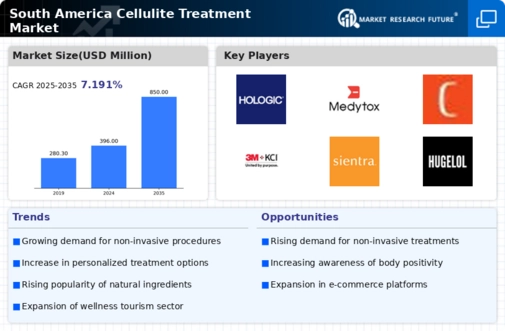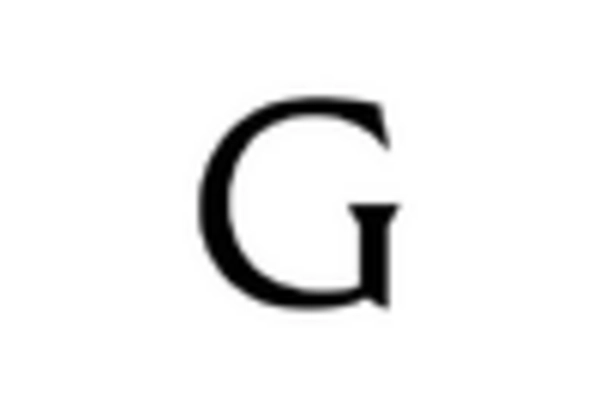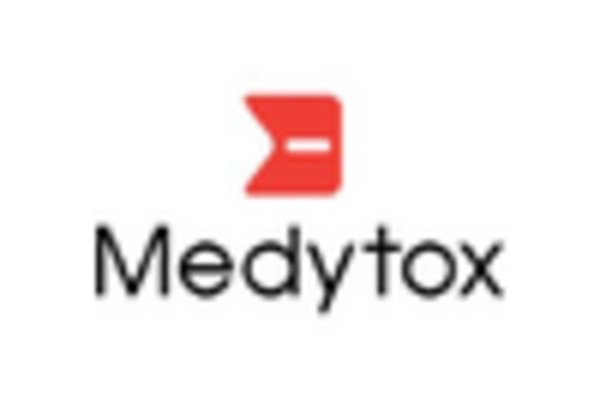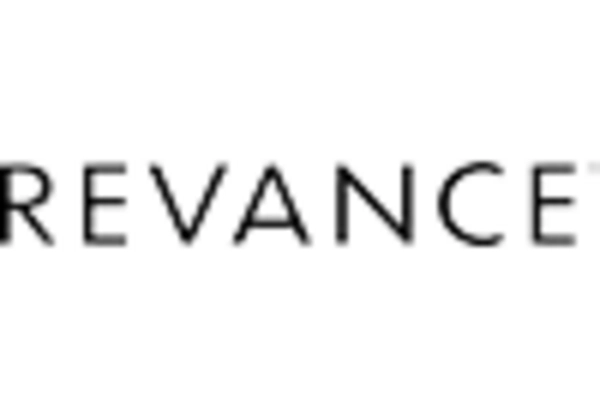Rising Disposable Income
Rising disposable income in South America is a crucial factor influencing the cellulite treatment market. As economic conditions improve, consumers are likely to allocate more funds towards personal care and aesthetic treatments. This trend is particularly evident in urban areas, where individuals are increasingly willing to invest in services that enhance their appearance. The market is projected to expand by 12% in the coming years, driven by this increase in disposable income. Moreover, as more individuals prioritize self-care and wellness, the demand for cellulite treatments is expected to grow, indicating a positive outlook for the industry. This financial capability allows consumers to explore various treatment options, thereby diversifying the market landscape.
Expansion of Aesthetic Clinics
The expansion of aesthetic clinics across South America is likely to serve as a catalyst for the cellulite treatment market. As more clinics open their doors, consumers gain greater access to a variety of treatment options tailored to their needs. This proliferation of clinics may lead to increased competition, which could drive down prices and make treatments more affordable for a broader audience. The market is anticipated to grow by 15% as a result of this expansion, reflecting the rising demand for aesthetic services. Additionally, the presence of more clinics may enhance consumer awareness and education regarding cellulite treatments, further stimulating interest and participation in the market.
Influence of Celebrity Endorsements
The influence of celebrity endorsements on consumer behavior is becoming increasingly apparent in the cellulite treatment market in South America. As public figures promote various treatments and products, their followers may be more inclined to seek similar solutions for their own cellulite concerns. This trend could potentially lead to a surge in demand for specific treatments that are endorsed by popular personalities. The market may experience a growth rate of around 9% as a result of this phenomenon, as consumers often associate celebrity endorsements with credibility and effectiveness. Consequently, the cellulite treatment market may see a shift in marketing strategies, focusing on collaborations with influencers to capture the attention of potential clients.
Increasing Awareness of Body Positivity
The growing awareness of body positivity in South America appears to be a significant driver for the cellulite treatment market. As societal norms evolve, individuals are increasingly embracing diverse body types, which may lead to a heightened demand for treatments that enhance body confidence. This cultural shift could potentially result in a market growth rate of approximately 8% annually, as more consumers seek solutions to improve their appearance. The emphasis on self-acceptance, combined with the desire for aesthetic enhancement, suggests that the cellulite treatment market will continue to thrive in this environment. Furthermore, social media platforms play a crucial role in promoting body positivity, which may further influence consumer behavior and preferences in the region.
Technological Advancements in Treatment Options
Technological advancements in treatment options are likely to propel the cellulite treatment market in South America. Innovations such as laser therapy, radiofrequency, and ultrasound treatments have emerged, offering more effective and less invasive solutions for cellulite reduction. These technologies not only enhance treatment efficacy but also improve patient comfort, which may lead to increased adoption rates. The market for these advanced treatments is projected to grow by 10% over the next five years, reflecting a shift towards more sophisticated and effective solutions. As consumers become more informed about these options, the demand for technologically advanced treatments is expected to rise, further driving the cellulite treatment market.


















Leave a Comment